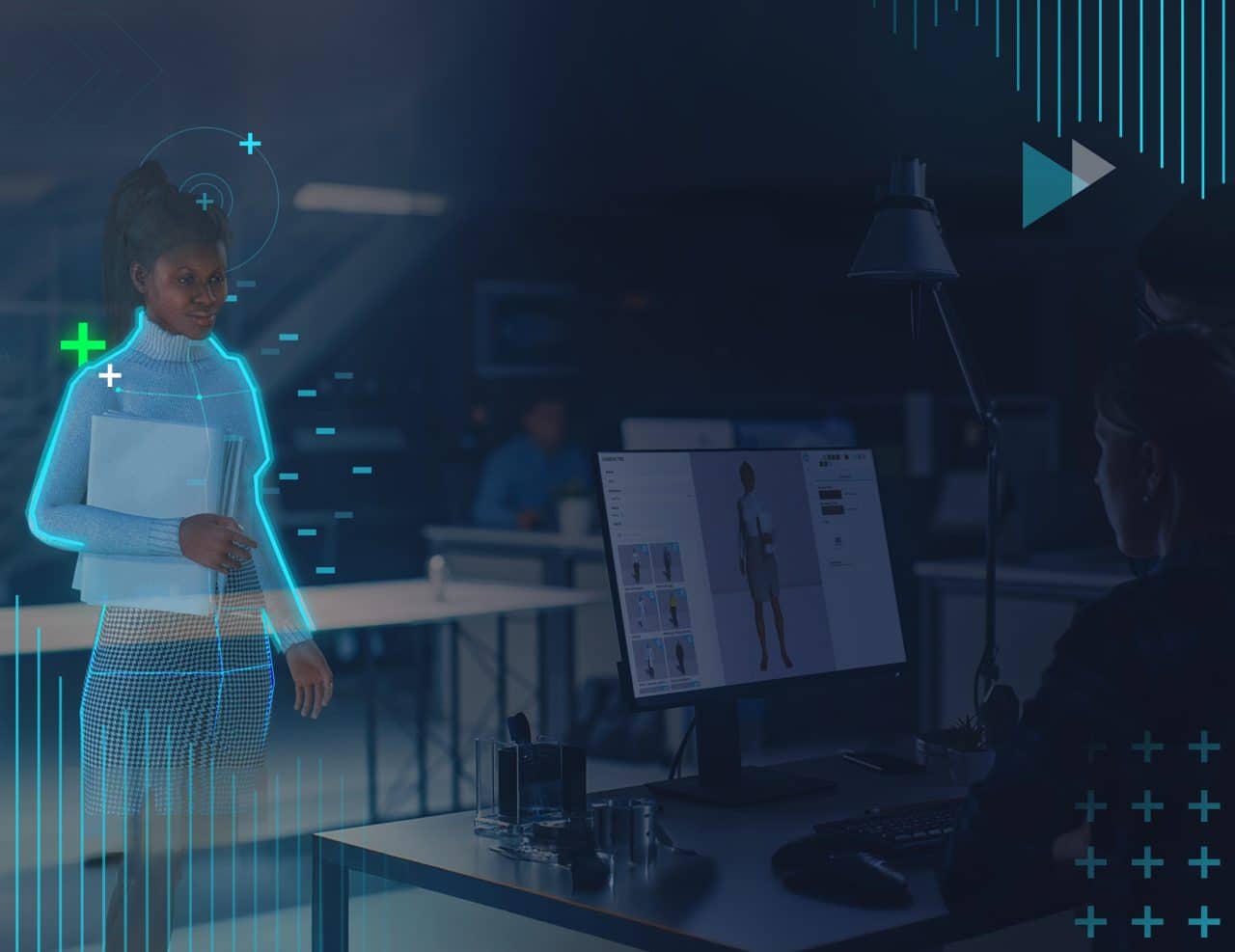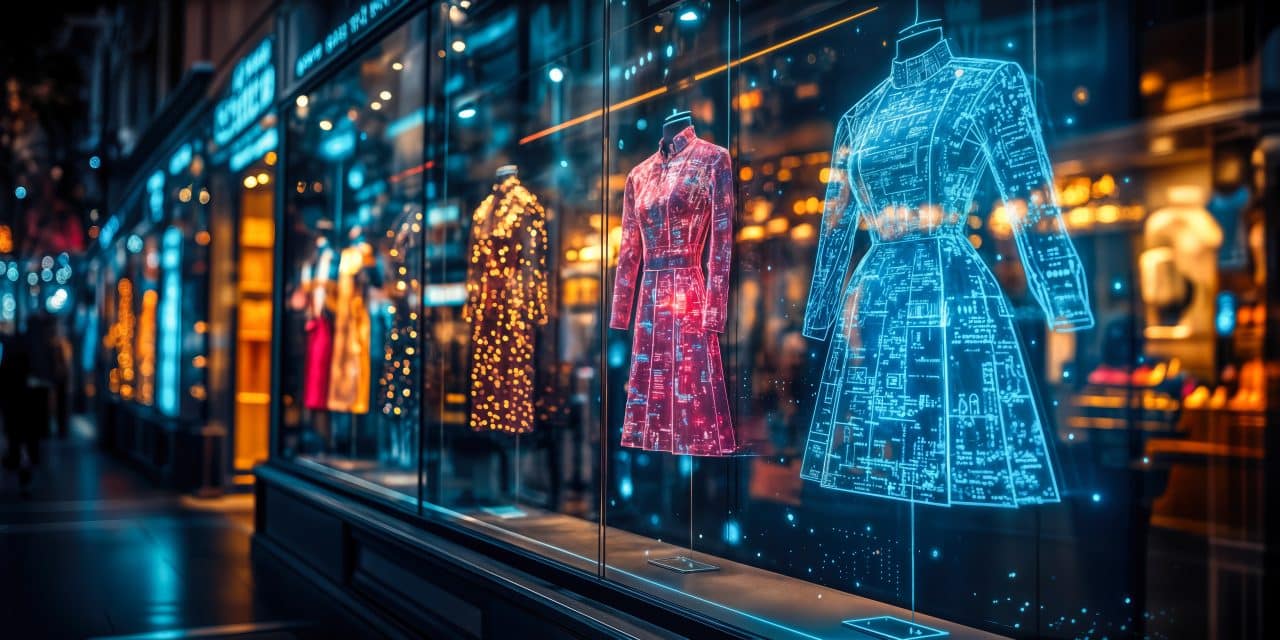Even before the turbulence of 2020 began, we knew that 74% of consumers preferred to spend their money on experiences over products1. And after a year of being largely trapped indoors, consumers’ appetites for new and novel experiences have only increased. I believe there is a torrent of interest heading our way.
Having run an award-winning experience myself, I’ve enjoyed many of the benefits that this unique business model has to offer. And learned a lot of hard-earned lessons along the way.
There are so many moving parts to running experiential businesses. But if I can ever impart one piece of advice to anyone looking to make their mark in experiential hospitality, my message is always the same. Invest as much (if not more) in the people you trust to deliver your experience as anything else.
Here’s why.
How I learned to double down on my staff
My own experiential journey started with the founding of my company in 2016. Two years later, my team and I were awarded ‘Best Rated UK Tourist Attraction’ by TripAdvisor and Whitbread. A Distillery Masters Award followed, along with a Certificate of Excellence, again from TripAdvisor.
How did we get there?
All the usual suspects were present – a great concept, obsessive attention to detail, a stunning venue. Not to mention a lot of the obligatory hard graft and a big slice of luck, of course. Did we get things right first time? Absolutely not, we had to constantly listen, learn and iterate.
But looking back, the one factor that truly set us apart was our people. And more to the point, the importance we ascribed to them in the whole notion of the ‘experience’.
They knew the material, the approach and the atmosphere we were trying to create. They knew how important every element of their interactions with our customers was. How they, and they alone, had the ability to elevate the entire experience for every customer. Can a piece of tech, audio, visual, or quirky cocktail achieve the same? I don’t believe so.
We used customer and critic feedback to hone and develop our offering and drill down on what really separated a good night out from a fantastic one. In almost everything that came back to us there was one absolute stand out mention – the team members they had interacted with. Without the team we wouldn’t have got a fraction of the attention that we won.
As with any business development decision, it’s a question of priorities. And when building out your experiential offer, your people should always be priority number one. But it is then on you to prepare them for such a vital position.
Investing in your people to deliver outstanding experiences
The temptation when designing your experiential business is to double down on what your customers will see and hear the moment they walk in the door. And it’s easy to understand why.
The age of Instagram shows no sign of slowing down just yet. Like it or not, the FOMO factor is a huge driver for sharing experiences, with 7 out of 10 millennials confessing to regularly feeling its effects2.
So yes, your food and drinks need to be special. Yes, your core concept has to be memorable and fun. And yes, your décor must be on point (this is coming from someone who spent months choosing the ‘perfect’ flooring that would not detract from the whole experience).
The term ‘immersive’ gets thrown around a lot when it comes to experiential offerings. I’m a big believer in being able to transport the customer away for a period of time – away from their lives, away from mundanity, away from reality. Letting them play, explore and feel something new and exciting.
But the only way you can completely cast this immersive spell is if your team is on point. All the elaborate set dressing and/or interesting tech is essentially wasted if your people drop the ball. Your customers will be brought back to reality with a thud, and they won’t forget it.
The fundamentals remain the same – it’s still a case of taking orders, knowing menus, and serving food and drinks with a smile in a timely fashion. But in an experiential business, there are many other elements that matter. Anything from your experience instructions, rules of engagement, or theatrical monologues. They need to be delivered with knowledgeable confidence and flair.
For example, an experience that incorporates newer consumer tech such as VR headsets or wearable devices will need a customer briefing from your staff. Get that wrong or leave any unanswered questions, and your customers’ experience is shot from the get-go.
There’s no shortcut – the only way to get it right is to recognize that your people are the crux of everything, and to train them to an exceptional standard.
To give a good example: a few years ago, I was invited to a preview of a friend’s new experiential restaurant before its big launch. Our host spent the entire 2 hours talking up every detail. The tailored glassware. The bespoke tables. The AV system suitable for a Beyoncé concert. How bubbles would fall from the ceiling on demand. Everything.
But not a word on what the team members were up to. Imagine our table’s surprise when – as we tucked into our Wagyu beef shaped into their logo – music started up and team members suddenly appeared and danced between the tables. They ‘entertained’ customers for 3 minutes on the hour, every hour.
Great experiences start with great people (with great training)
With a new experiential concept, service consistency is everything. It’s no good relying heavily on a handful of superstars to carry a team of average performers.
Naturally, you are going to have some individuals who excel at certain tasks over their colleagues. But from your end, providing the right kind of training is your best possible insulation from mediocre or sub-par service.
But as we all know, teaching behavioral ‘soft skills’ is a notoriously tricky business. One that’s particularly hard to measure effectively. It was our biggest priority, but also the biggest headache.
If your existing training methods rely on a ‘one-and-done’ approach or mostly face-to-face learning on the job, you’re taking a tremendous risk with your most valuable asset.
Going back to our earlier example, a standard tick box e-learning course isn’t going to do the job with something as intricate as teaching customers how to use VR headsets. Nor how to deliver a theatrical interaction. Or how to guide a customer through this new reality you have created, in a fun and interesting way, in a few minutes, many times per shift. And if you’re operating across multiple sites, all done at scale.
Here’s where the quality of your training pays dividends many times over. Your experiential training solution needs to be engaging, measurable, and scalable. And given the varied nature of businesses in this sector, it more than likely needs to be highly customizable to suit your specific needs. One size does not fit all.
If your existing training methods rely on a ‘one-and-done’ approach or mostly face-to-face learning on the job, you’re taking a tremendous risk with your most valuable asset. You are not giving yourself the power of transparency and consistency.
Deliver training worthy of your experiential business
Let’s look at this in simple terms: how much budget are you allocating toward the technology and look and feel of your experiential business? How does that compare to the amount you are allocating to the training of your team members? In a way that you know will have impact on your customers’ experiences (and your bottom line)?
The brutal truth is your customers are there for the thing that sets you apart – the experience. And that has to be delivered with professionalism and flair, every time. Your customer interactions are pivotal to maintaining the aura and tone that you’ve spent so much time, effort, and budget on developing.
Take it from me – with a new concept, you’ve likely got one shot at winning over your customers. Don’t leave that first impression experience to chance with undercooked training.





